Astronomy Bundled Exam Questions and CORRECT Answers
Astronomy Bundled Exam Questions and CORRECT Answers
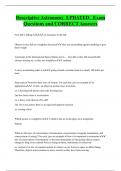
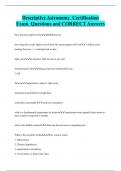
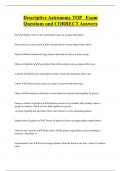
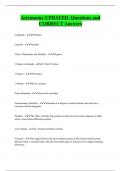
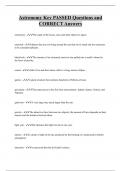
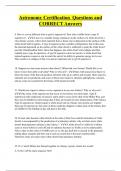
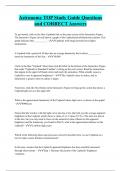
Astronomy Bundled Exam Questions and CORRECT Answers







Welcome to MGRADES Exams, practices and Study materials Just think of me as the plug you will refer to your friends Me and my team will always make sure you get the best value from the exams markets. I offer the best study and exam materials for a wide range of courses and units. Make your study sessions more efficient and effective. Dive in and discover all you need to excel in your academic journey!

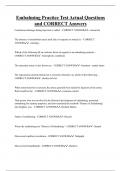
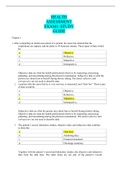
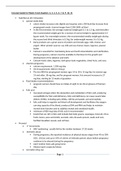
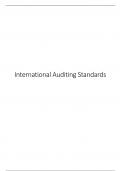
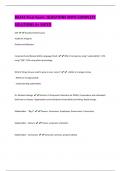
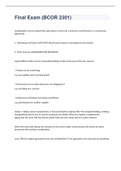
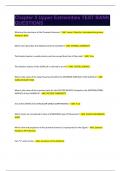
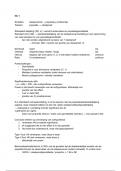
Quality you can trust: written by students who passed their tests and reviewed by others who've used these notes.
No worries! You can instantly pick a different document that better fits what you're looking for.
No subscription, no commitments. Pay the way you're used to via credit card and download your PDF document instantly.

“Bought, downloaded, and aced it. It really can be that simple.”